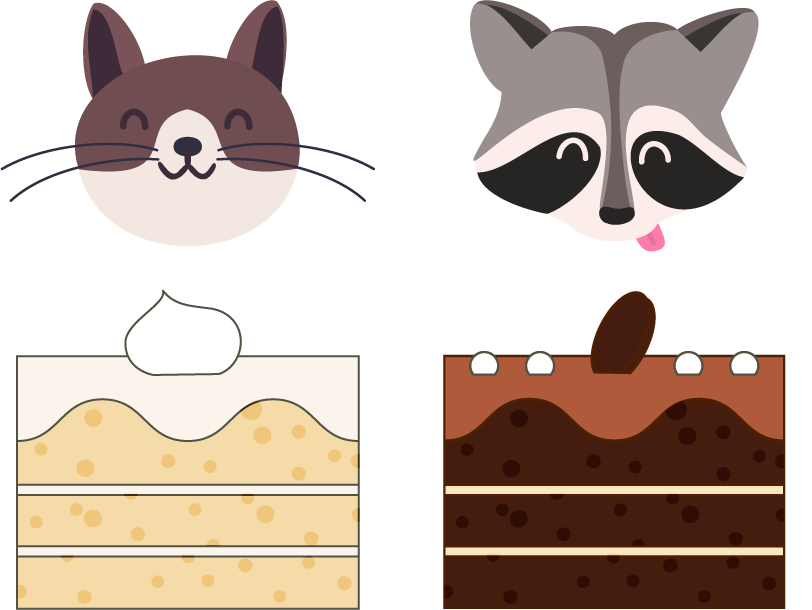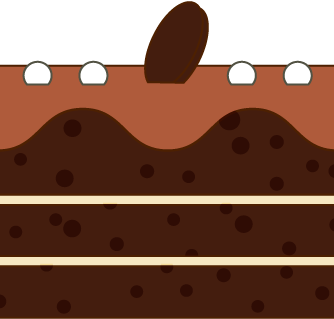Learn About Fair Division
Fair division means dividing resources in a way that's provably fair for everyone involved. Since Hugo Steinhaus first described the “cake cutting” problem in 1944, researchers in Economics, Mathematics, and Computer Science have developed hundreds of methods for mathematically fair sharing.
Most of these methods are math theories but a few are quite useful for everyday things as well. For example, settling inheritance disputes, deciding fair rent between roommates, or splitting up chores. Some methods are even used to settle resource disputes between countries!
Should I be using these methods?
Maybe! Here are a few tools that use fair division methods:
- New York Times's Divide Your Rent Fairly
- This website's Resource Splitting Tool for divisible resources like cakes, time spans, physical space.
In everyday activities, it's probably best to talk things through and reach a mutual agreement with others. Fair division methods are most suited for situations where people can't agree but we still want everyone gets a fair share.
If you are curious to learn the logic behind provably fair solutions, I've developed a fun, interactive course. You'll get to explore the famous cake cutting problem, which is the heart of the fair division field. Please check it out!

Fair Division
Fair division means dividing a resource in a way that everyone involved believes is fair.
Generally speaking, there are two types of resources: divisible and indivisible.
Divisible resources are resources which can be divided any number of times, in any number of places. This could be land, time, airwaves, or anything else arbitrarily divisible. When speaking abstractly, we usually refer to a divisible resources as a cake.
Cakes are good examples because they can be cut at any place, as many times as necessary, and are usually shared equally.


In contrast, indivisible resources can't be split. This could be a laptop or a car, the kind of thing you really shouldn't cut in half.
For this discussion, we'll focus on divisible resources.
Let's explore some examples using (metaphorical) cake.

